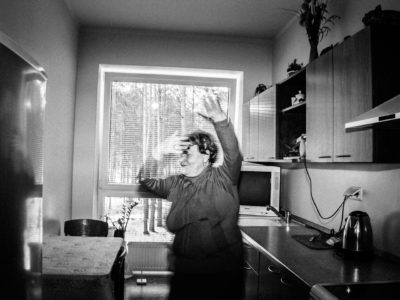From Space to Place — Franky Verdickt Examines the Relationship between Men and the Place They Live in

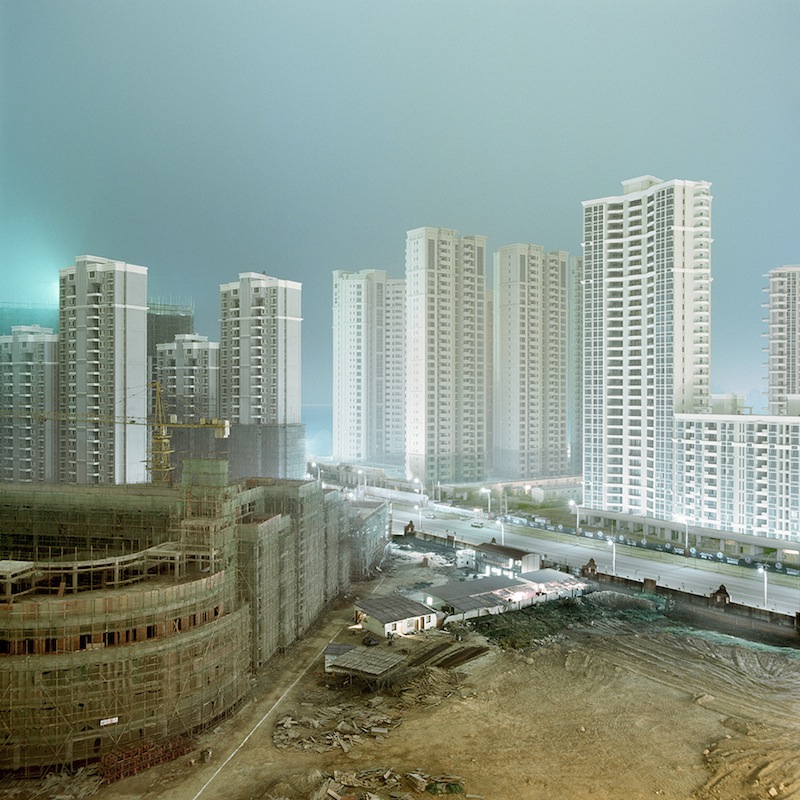
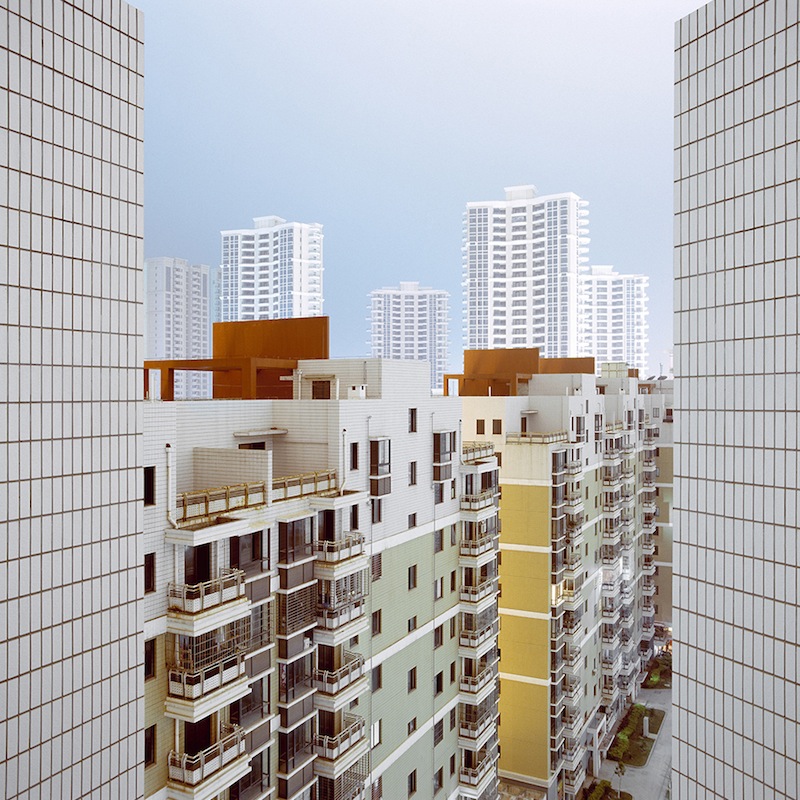
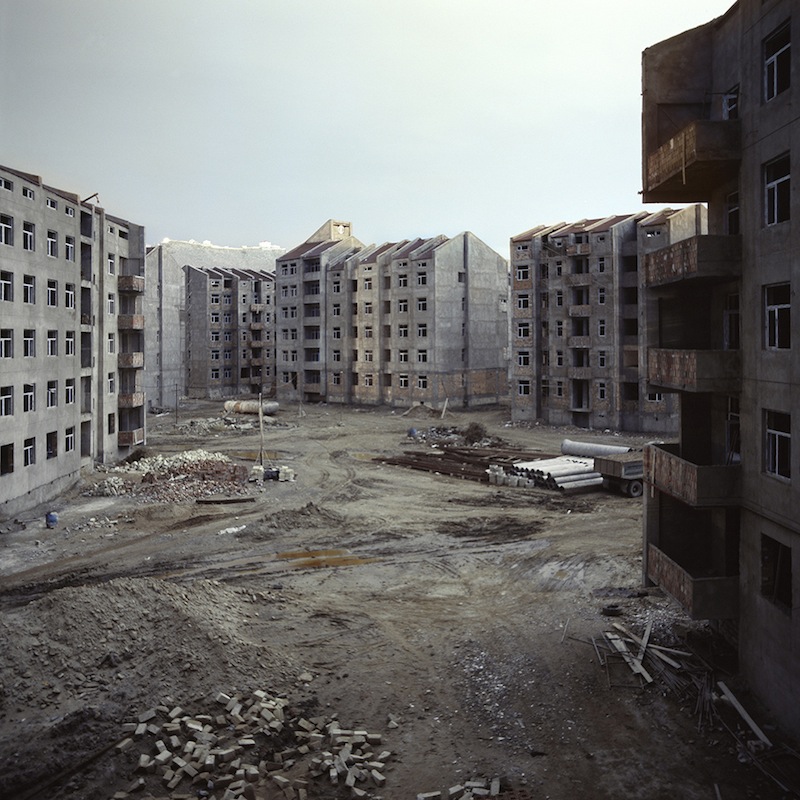
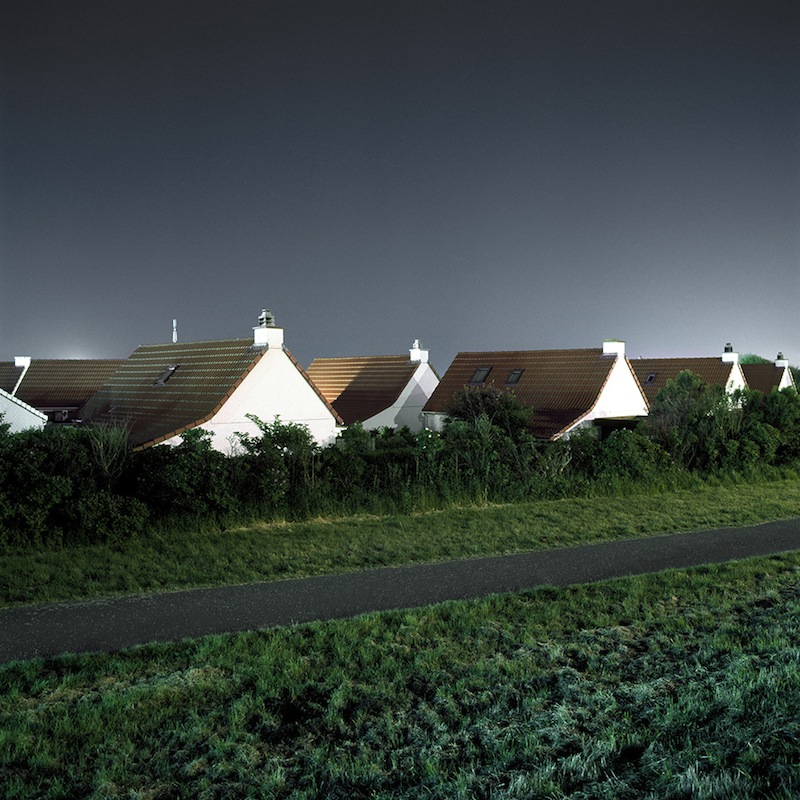

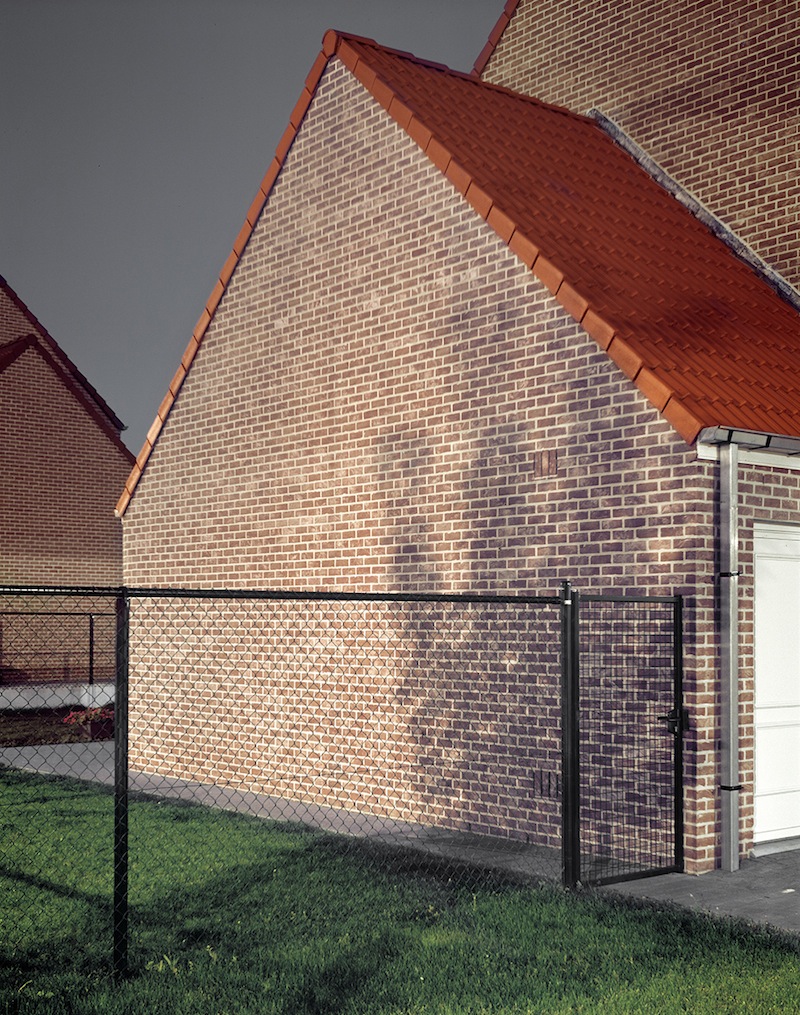
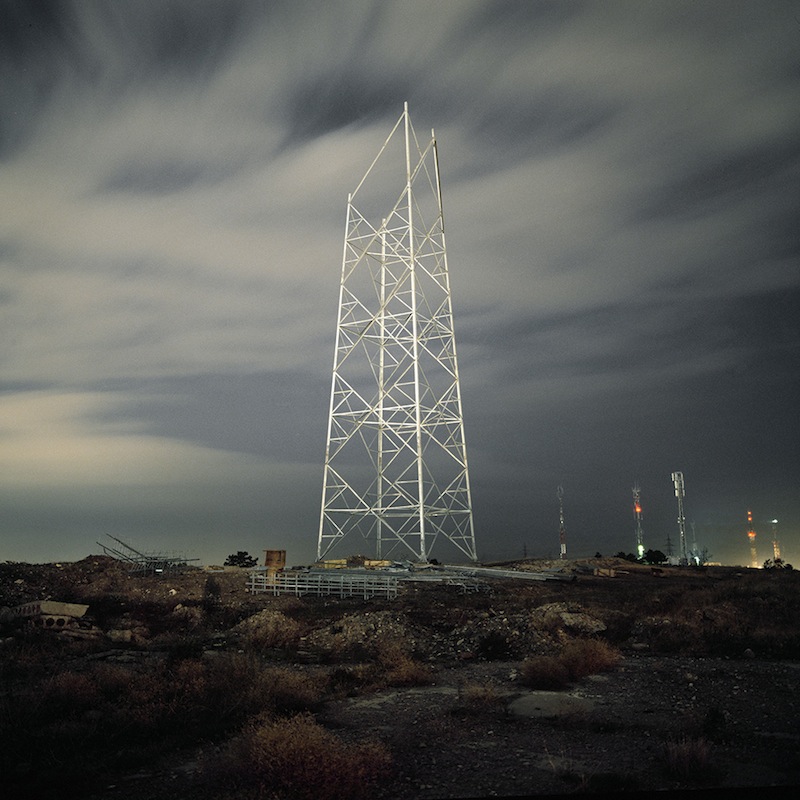
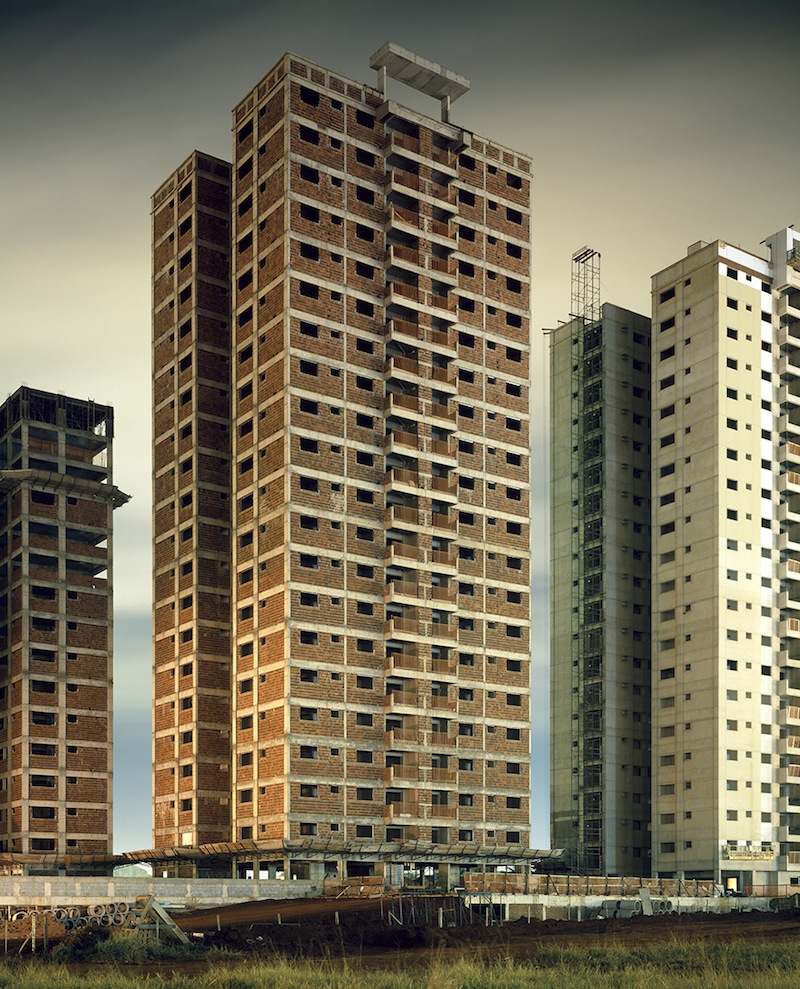
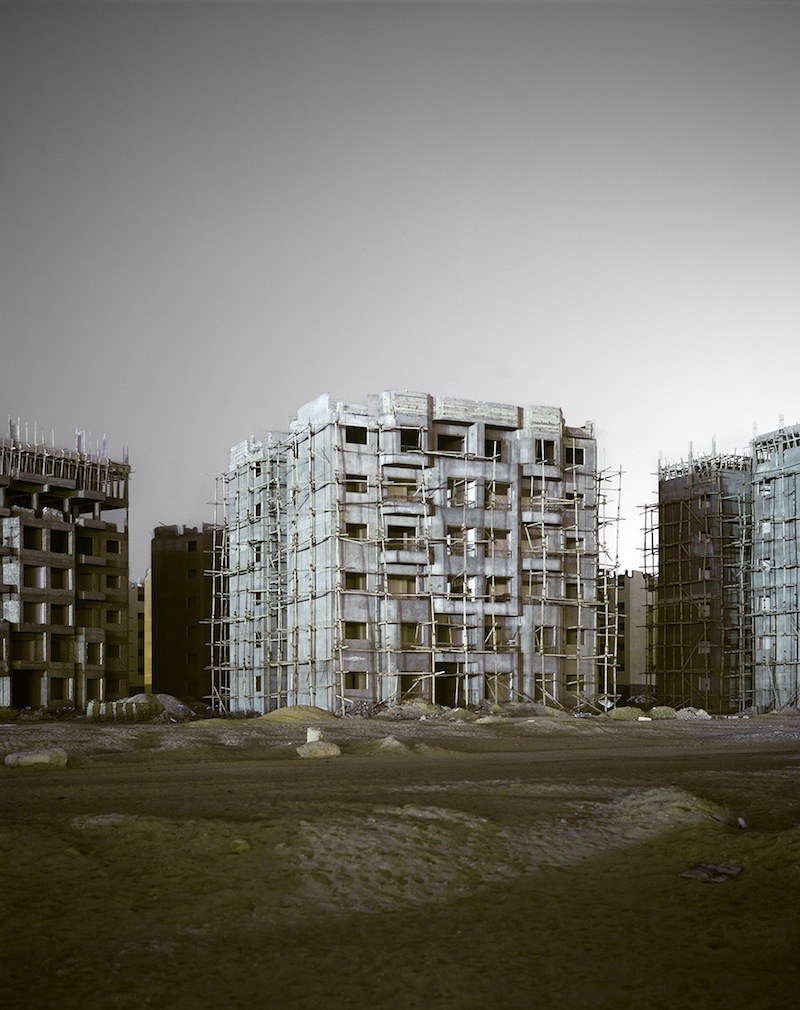
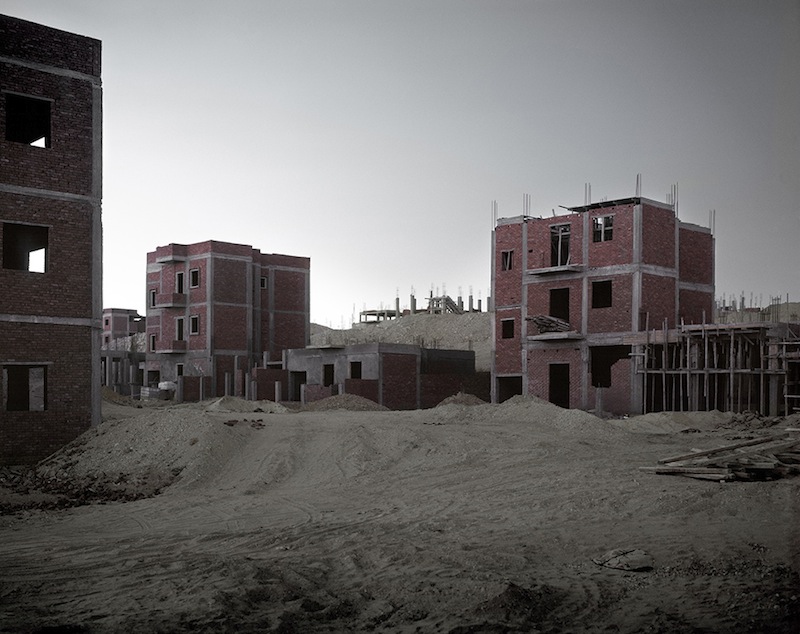
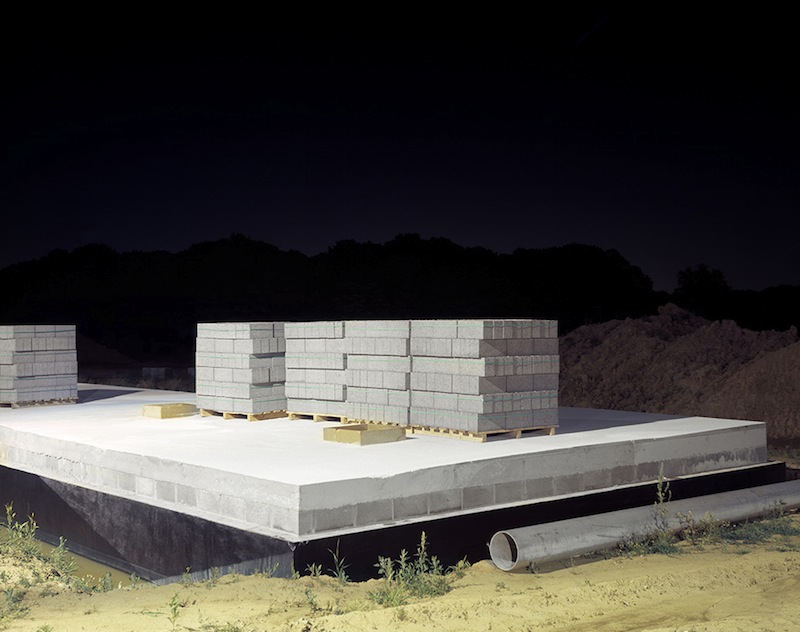



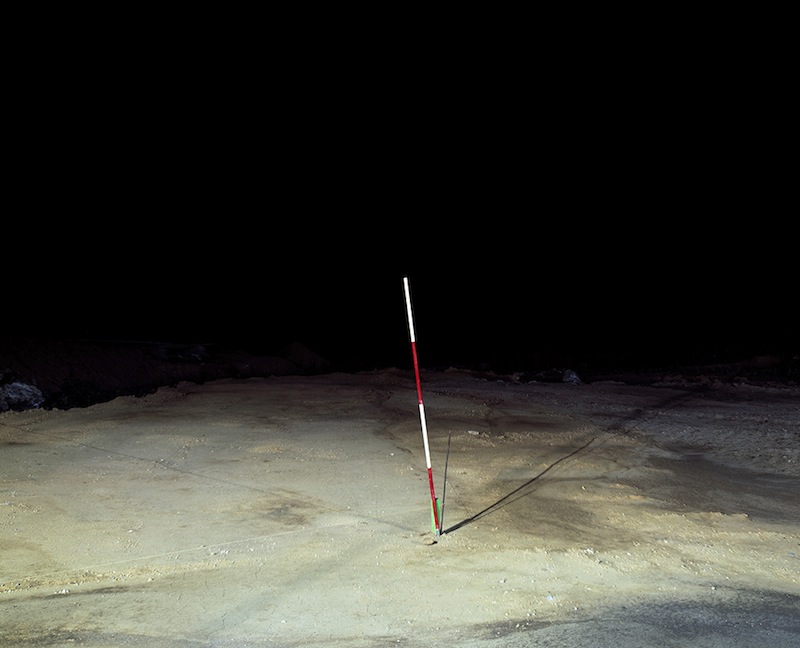
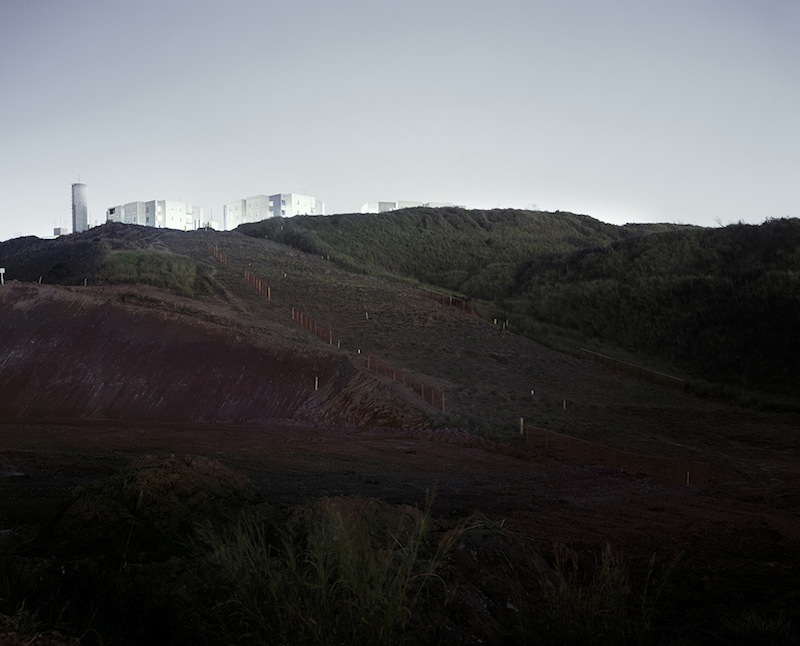
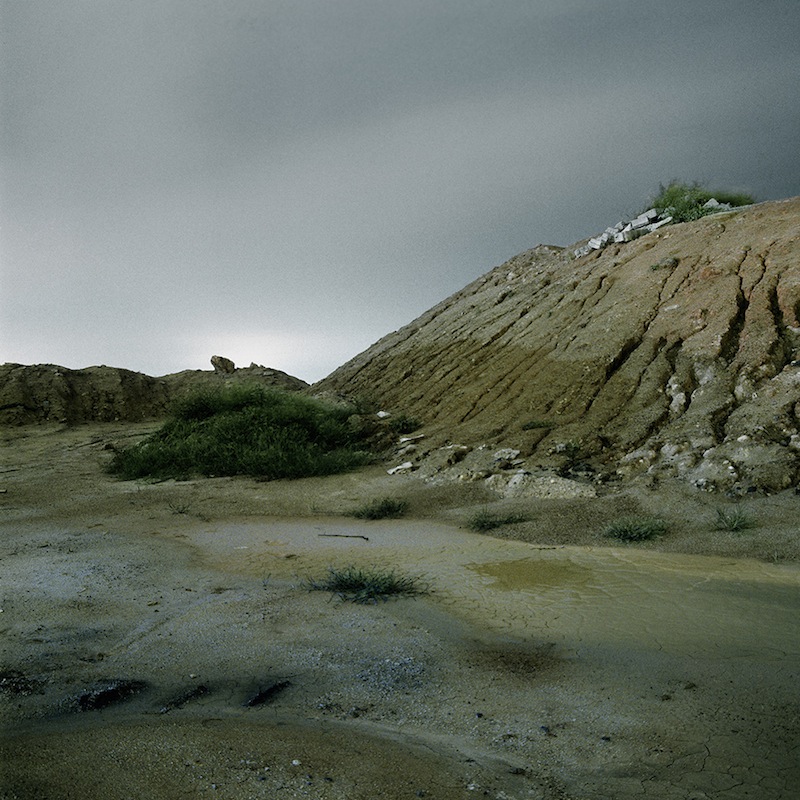

Totem II, a work by Belgian photographer Franky Verdickt, reflects on the relationship between men and the places we live in. The images in the series depict buildings newly-constructed or in the making, entirely devoid of human presence. Men and women however will come and inhabit these areas: how will the simple act of living there transform those spaces? How does a space become a place?
To create Totem II, Franky traveled for four years to Belgium, Egypt, China, Georgia and Brazil, focusing on the urban development of the countryside. If you’re curious to know more about Totem II, here is a short doc about the work; and below is Franky’s project statement:
“The project of T O T E M examens the notion of living, living as the fundamental key experience that opens and unlocks other experiences. Living has to be thought as the making of a place. Man has indeed a relation to a place, living is the co- existence between man and reality and is the most fundamental of human existence, it creates a frame wherein all becomes possible. Living can not be seen as an activity, but is foremost the symbolic transformation of the endless time into history, to create the wild and nameless nature into a world. Living in this undefined space means to create a center, to mark a point, a topos, to create a place to whom one can connect. From that moment the totem is placed, the space is structured, one can leave and return, and can be at home in a human world.
T O T E M shows how men create a place for living. Before these places became into living places, they were farm fields or wastelands outside the nearest town or city. Now they are a sort of urbanized countryside, pretending to be still rural. They seem like 21st century tribal settlements, with identical houses, cars, commuting people, and sharing the same lifestyle magazine life. Men becomes statistical adequate with only small aberrations being accepted. Nothing is organically here, since all is well planned.They remain safe havens where at night nobody from the outside has to come.These places should give identity and create a sense of community, where commuters charge their being-at-home or share the same park.
By using the archetype of a architectural style, and therefore recognizable, the architecture sometimes refers to a traditional style that connects one with his or her historical past. It is the proclaimed resurrection of the Heimat, the place where utopia exists, the place where the reconciliation between men and the world is being completed. But being at home in a place which is identical to your neighbors, although the houses are being presented as singular, is phantasmagorical. By using one and the same kind of architecture the creation of a pastoral ideal image is being created between oneself and the world. Because it is based on the assumption and the imitation of tradition, this kind of living is imaginary. The esthetically style if foremost an efficient economical style.
The place where you live, decides a lot about who you are, how you think, what you think, and how you stand in live. T O T E M is being made during a period of 4 years in Belgium, Egypt, China, Georgia and Brazil.”
— Franky Verdict
Keep looking...
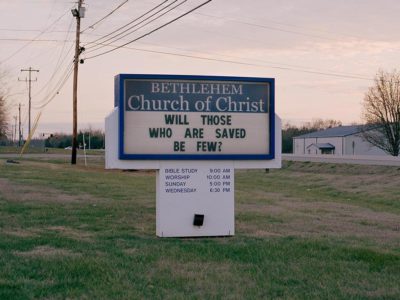
FotoFirst — Harry Flook Explores the (Non-)Religious Landscapes of America’s ‘Bible Belt’
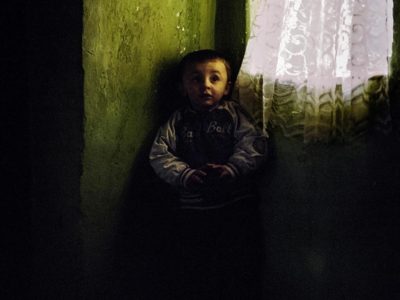
The Flowers of Kosmet — Emanuele Occhipinti Shows Us the Conditions of the Serb Minority in Kosovo
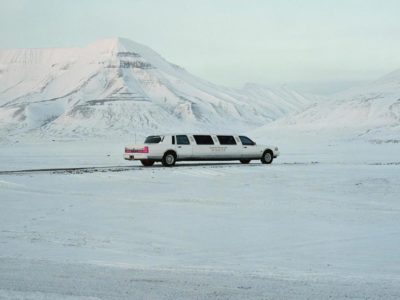
Julia De Cooker Photographs the Unexpectedly Modern Life in the Svalbard Archipelago
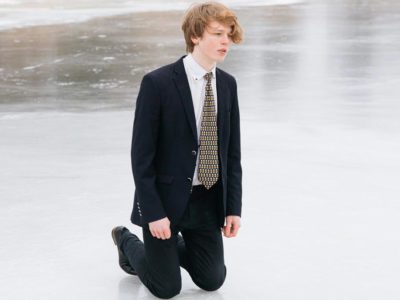
In the Truth — Toms Harjo Explores the Difficulties of Being a Young Jehovah’s Witness
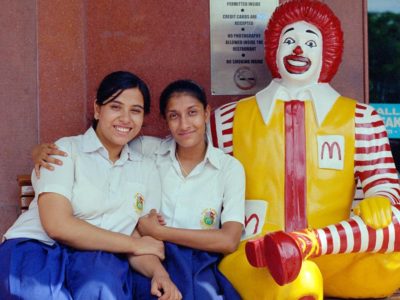
Everything Everywhere — Helen Korpak Follows the Traces of Worldwide Globalization
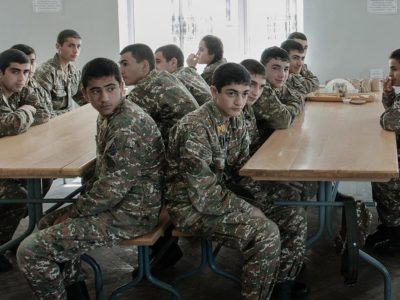
Emanuele Amighetti Photographs the Teenage Soldiers of Nagorno-Karabakh

FotoFirst — Paola Serino Portrays the Young Students of a Prestigious Fencing Academy
